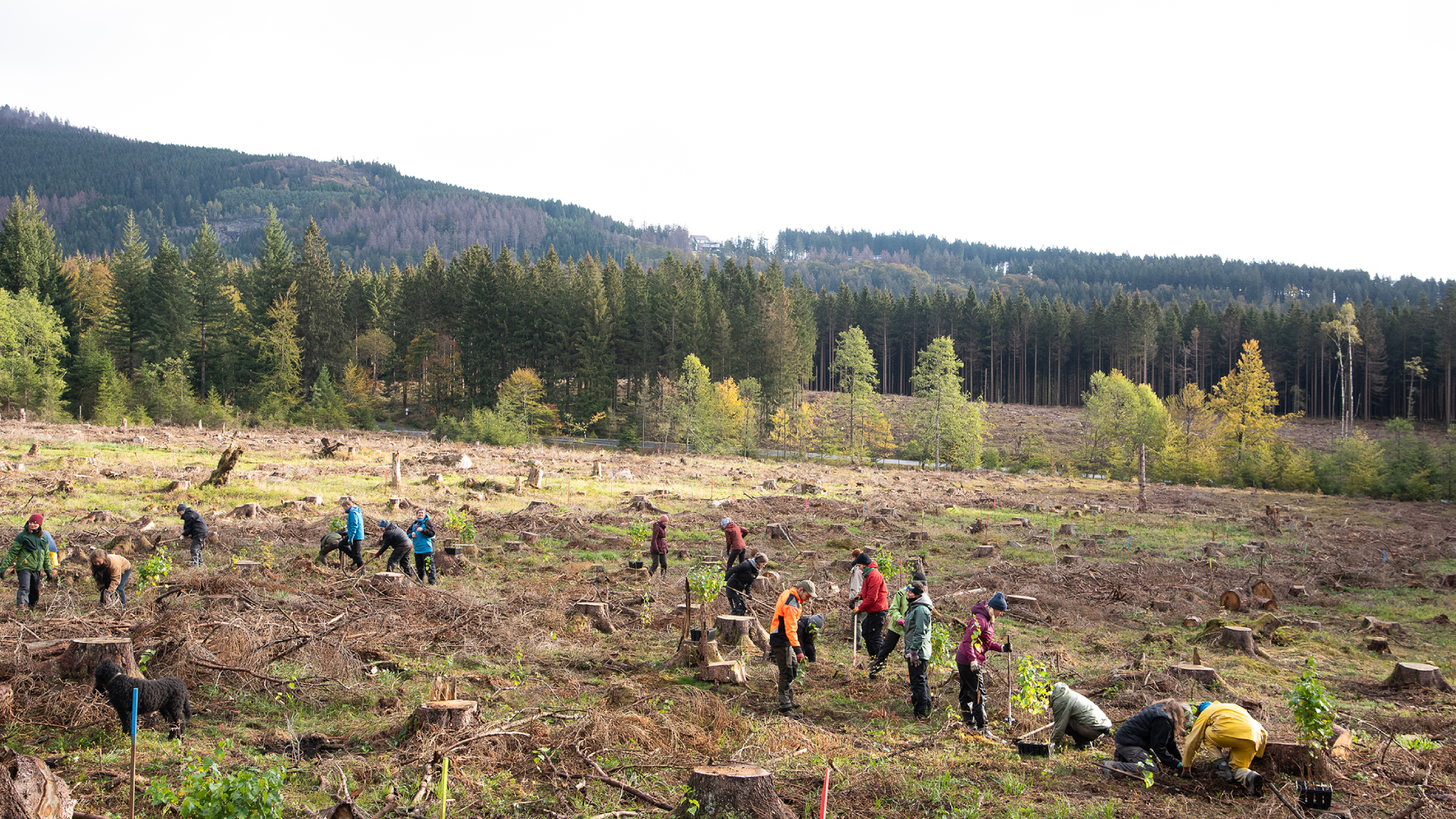Choose your forest
projects
Choose the project which you like the most and which fits to your company culture. We offer you a wide range of verified preserving and planting projects worldwide. Each of the listed projects is special and has its own characteristics. No matter if you focus on hitting a high tree or acre number, or additional support of animals and local population or the whole ecosystem we will help you to find the right project for you. Beside the listet projects we can also arrange something close to you and your community depending on your engagement. Pick your favourites and enjoy your hero’s journey.
Restoration Assessment Methodology
GamesForest.Club approaches the climate adaptation and mitigation potential of forests in a holistic way. Our assessment methodology aims to ensure maximum carbon absorption in the most cost-effective way, while also integrating multiple aspects of restored ecosystem integrity. This means that we do not only focus on carbon sequestration, but also integrate multiple sustainability criteria in terms of ecological, social and economic gains, such as protecting biodiversity; improving human health and wellbeing; increasing food and water security; delivering goods, services, and economic prosperity for all.
To achieve this, we assess the projects we support on the basis of the International Principles and Standards for the Practice of Ecological Restoration, highlighting the role of local species and reference ecosystems and connecting carbon offsetting with social, community, productivity and sustainability goals. In the meantime, we advocate for the adoption of highly-ambitious restoration projects by the gaming and creative industry, keeping in mind that climate adaptation and forest health is not just about carbon.
- All
- Africa
- Asia
- Carbon Reduction
- Conservation Projects
- Europe
- North America
- Reforestation Projects
- South America
Traditional Agroforestry in Alentejo, Portugal
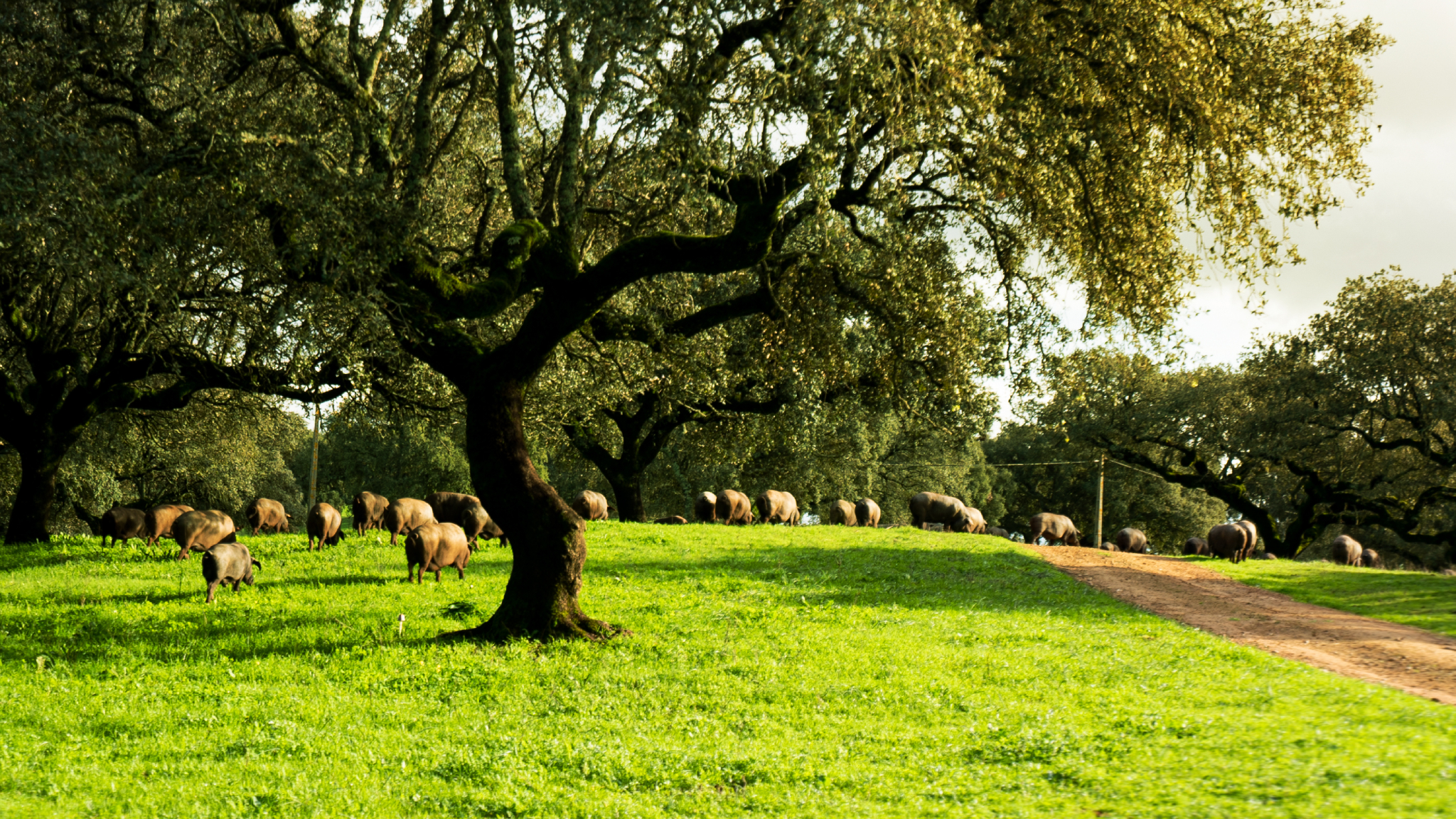

| Continent | Europe |
| Country | Portugal |
| Cost per 1 ton of bound CO2 | 71,43 € |
| GPS Data of planting site | 38.346394, -8.123971 |
| Planting Partner | Climate Farmers |
Porcus Natura is a 700 ha regenerative farm close to Montemor-o-Novo in the Alentejo region of Portugal. The proud and dedicated owner, Francisco Alves, is the fifth generation of this unique montado farm. Montado refers to the traditional agroforestry system in Portugal, characterised by low-density cork trees combined with pastoral activities or agriculture.
Through rotational grazing, which implies the daily rotation of the spaces covered by animals, they ensure the quality of the pasture and the regeneration of the soil. Another, of many, positive side effects of regenerative soil management is absorption of significant amounts of carbon by the soil. This balances the emissions caused by the animals. To enhance the climate benefits, the owner wants to plant several thousands of trees to expand the agroforestry project, which at the same time provides shade and food for the grazing animals.
Transitioning villages to agroforestry in Tanzania
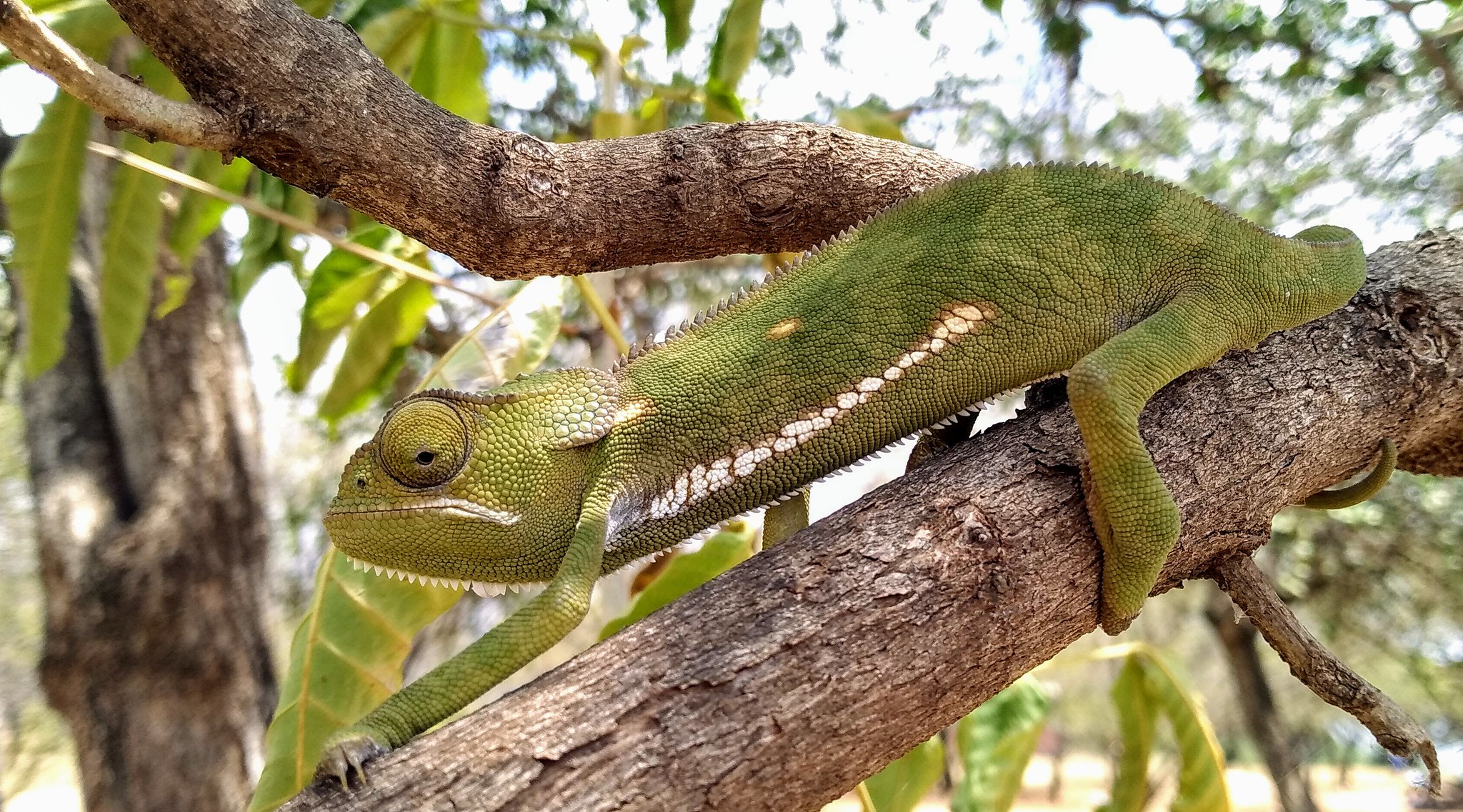
©MDB_WeForest.jpg

| Continent | Africa |
| Country | Tanzania |
| Costs per tree | 0.79 € |
| GPS Data of planting site | -1.528540, 33.941458 |
| Reforestation Partner | WeForest |
In Mara, the extraction of resources from forests has caused local smallholder farmers to struggle with infertile soil, low water tables and erratic rainfall. Seedlings are grown in nurseries and distributed to the people that need it most. Through agroforestry systems on their farms and schools, the farmers and institutional beneficiaries are able to grow their own fodder, fuelwood, fiber, fruit and timber, and so no longer need to depend on forests for consumption or income generation.
Tietê Forests


| Continent | South America |
| Country | Brazil |
| Costs per square meter | 1 € |
| GPS Data of planting site | -21.652988, -49.121826 |
| Reforestation Partner | WeForest |
Serving the state of São Paulo, the Tietê river in the Atlantic Biome is a powerhouse, yet it’s one of the most polluted rivers in Brazil. WeForest and AES Brasil are collaborating to restore the forest on the edges of the Tietê river and its tributaries with native species, protecting water bodies from soil siltation and runoff from herbicides and pesticides. The project is also providing a testing ground for pioneering restoration approaches that aim to reduce the use of herbicides – which are usually relied on in Brazil to control invasive grasses – or even eliminate them entirely.
Ethiopia Desa’a
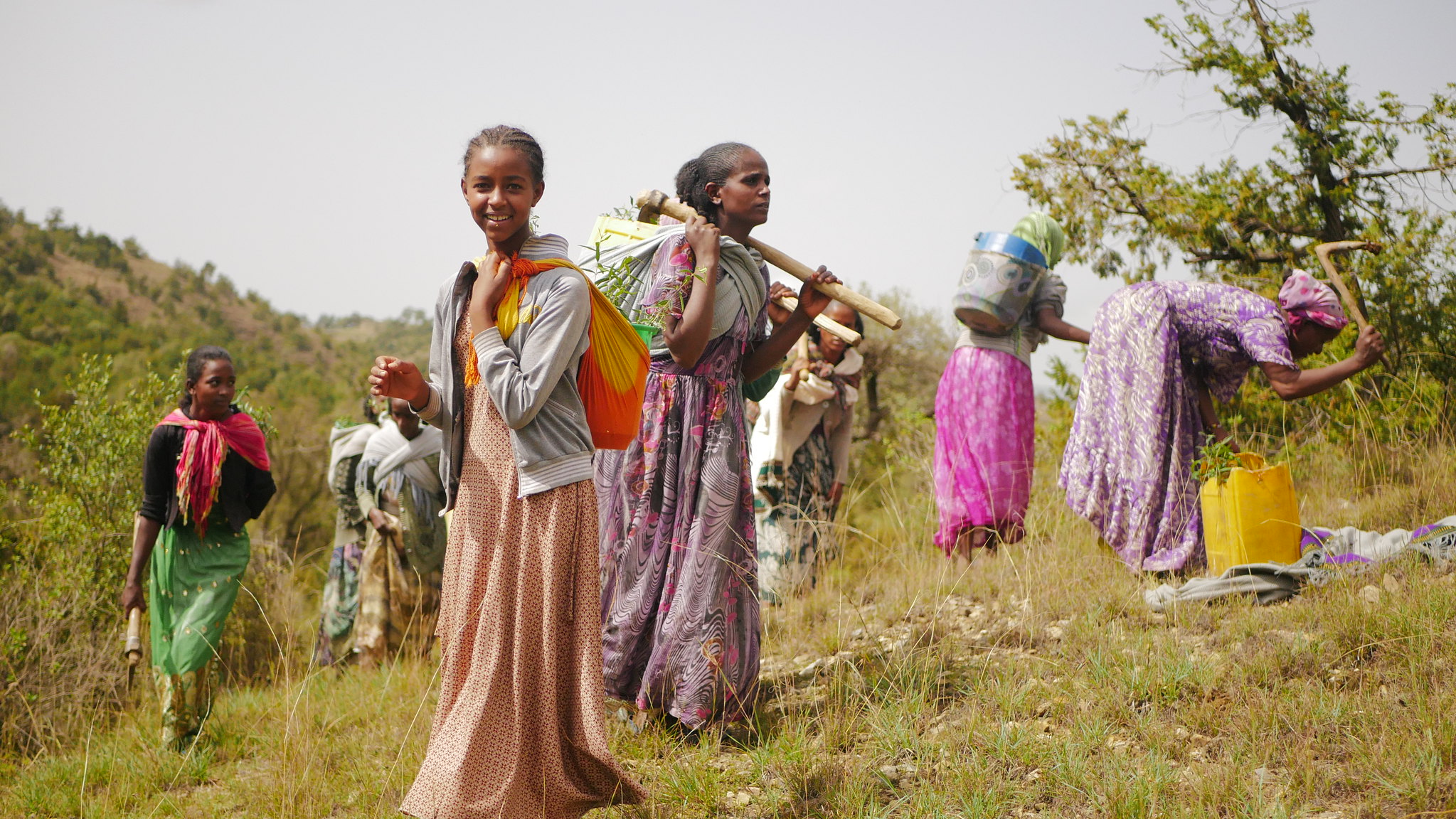
©DVCorstanje_WeForest

| Continent | Africa |
| Country | Ethiopia |
| Costs per square meter | 0.17 € |
| GPS Data of planting site | 13.947349, 39.813018 |
| Reforestation Partner | WeForest |
The Desa’a Forest is one of the oldest remaining dry afromontane forests in Ethiopia. Over 26,000 people live below the poverty line here, relying on the forest for water, energy and to feed their cattle. This ambitious, award-winning project aims to restore and protect arid afromontane and bring water back to this region, which is directly threatened by desertification coming from the north, and lift the rural communities out of extreme poverty.
Gula Gula Food Forest Program

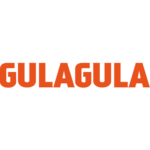
| Continent | Asia |
| Country | Indonesia |
| Cost per 1 ton of bound CO2 | from 30 € |
| GPS Data of planting site | -0.655263, 100.499434 |
| Carbon Farming Partner | Gula Gula |
The Gula Gula Food Forest Program works to reverse poverty, climate change and biodiversity loss in an integrated manner through the restoration of degraded lands in West Sumatra, Indonesia. They achieve this by converting degraded land into productive food forests that capture and store carbon; training communities in assisted natural regeneration techniques and in building regenerative forest enterprise cooperatives. Through this, community incomes are not only supported through the trading of sustainably sourced food forest products, but also through profit-sharing of carbon credit sales.
Forests in Canada

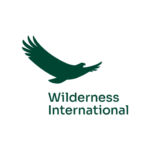
| Continent | North America |
| Country | Canada |
| Costs per square metre | 1.43 € |
| GPS Data of planting site | 50.508772, -124.208199 |
| Conservation Partner | Wilderness International |
The temperate rainforests of Canada’s West Coast are a true jewel of nature. These ancient forests are home to ancient tree giants, up to 2000 years old and 100m high. Wild Grizzlies and howling wolves roam along crystal-clear rivers. It also stores large amounts of carbon and is essential for a healthy climate on our earth.
Wilderness International buys these wilderness areas legally secure with land title and protects them for all future as undisturbed unique ecosystems, and only visit them for research and education projects. The purchases are refinanced by donations, which also cover costs for long-term protection.
The protected areas are located in the Toba Valley, 160 km north of Vancouver City and 100 km east of Campbell River, as well as on Porcher Island, 40km south of Prince Rupert and close to the Alaskan border. Numerous scientific institutions support our research projects on CO2-absorption and biodiversity in the coastal rainforests.
Protecting the last remaining old-growth forests in Peru


| Continent | South America |
| Country | Peru |
| Costs per square metre | 1.43 € |
| GPS Data of planting site | -12.863594, -69.486371 |
| Conservation Partner | Wilderness International |
The Amazon rainforest is home to jungles giants on tall buttress roots, covered in lianas and epiphytes. They house sedate sloths, playful monkeys and secretive jaguars. This jungle also stores large amounts of carbon and is essential for a healthy climate on our earth.
Wilderness International buys these wilderness areas legally secure with land title and protects them for all future as undisturbed unique ecosystems and only visit them for research and education projects. Local forest guardians ensure the integrity of the conservation areas and protect them from mining, logging, agriculture and hunting. In turn, they gain a sustainable income.
The land purchases are refinanced by donations, which also cover costs for long-term protection.
We are currently active in the region of Madre de Dios, known to be the most biodiverse place on Earth. The protected areas are located along the Tambopata River, about 30km southwest of the town of Puerto Maldonado.
Numerous scientific institutions support our research projects on CO2-absorption and biodiversity in the Amazon rainforests.
Alluvial Forests in Eastern Germany
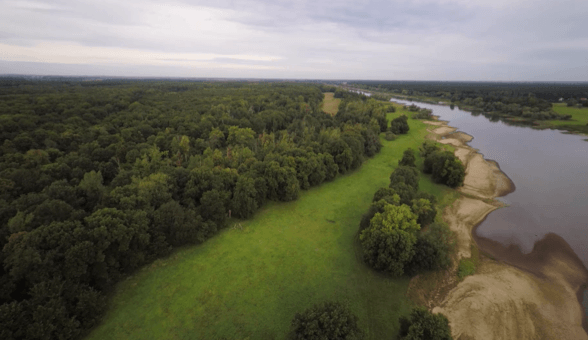

| Continent | Europe |
| Country | Germany |
| Costs per square meter | 5.72 € |
| GPS Data of planting site | 51.869232, 12.166737 |
| Protecting Partner | Worldwide Fund for Nature |
Restoring alluvial forests and giving the Elbe river the space it needs. Most rivers in Central Europe have been altered to a point beyond recognition: What was once a wild maze of river branches, wetlands, and alluvial forests, is now a straightened water body, serving the sole purpose of transporting our goods. Natural flooding processes have been restricted to a minimum with the construction of dams and dikes. Through this, one of the most diverse ecosystems in Central Europe is in strong decline: Alluvial Forests. Not only do they host an impressive number of species dependent on the seasonal floods. They also act as a natural buffer, protecting communities living by the river. WWF Germany has been working to liberate the Elbe river since 2002 and has already successfully relocated dikes and restored vital habitats. Today, WWF manages approximately 1500 hectares of alluvial forest and grassland in the Middle Elbe region, safeguarding and developing the sites for nature and people. Our goal is to purchase more land to restore and preserve these rare and endangered habitats for future generations.
Further information about the project and partner.
Old-Growth Forests in Eastern Germany
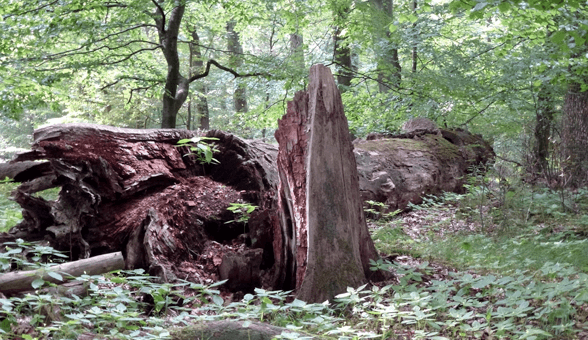

| Continent | Europe |
| Country | Germany |
| Costs per square meter | 5.72 € |
| GPS Data of planting site | 53.315954, 13.613089 |
| Protecting Partner | World Fund for Nature |
Protecting natural dynamics and creating old-growth forests of tomorrow. Over the past centuries, Germany’s forests were under immense pressure by industrial forestry, agriculture, and infrastructure development. The original vegetation of beech and mixed-broadleaf forests has been largely replaced by pine and fir monocultures. The consequences of this poor management have become clear under the climate crisis, with extreme weather events leading to the death of thousands of hectares of forest plantations across the country. Today, real old-growth forests are basically non-existent in Germany. As a response to these dire circumstances, WWF Germany has taken 1500 hectares of forest under its wing to protect and develop it in a sustainable manner. This provides significant benefits to the local biodiversity and improves the forests’ resilience to the climate crisis. By this, we hope to give coming generations the privilege of experiencing old-growth forests in Germany and inspire a change in the way forests are managed in the future.
German Beech Jungle
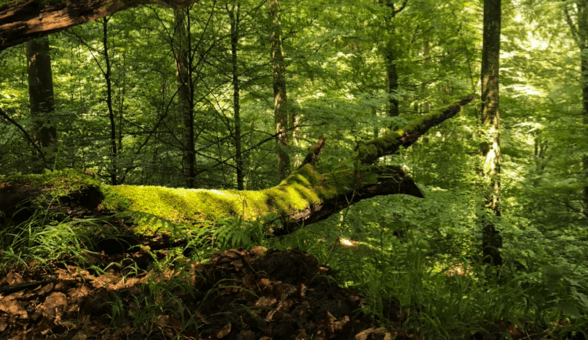
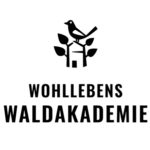
| Continent | Europe |
| Country | Germany |
| Costs per square metre | 6.79 € |
| GPS Data of the site | 50.43579, 6.80736 |
| Protecting Partner | Wohllebens Waldakademie |
By nature, more than 90 percent of Germany would be covered by forest, most of it beech or mixed beech/oak forests. These forests are characterized by long-lasting stability; disturbances in the form of storms or fire are unknown to them. Many highly specialized animal and plant species have adapted to such permanent forests. Most of them depend on particularly old trees; the rare middle spotted woodpecker, for example, can only colonize beech forests when the trees are 200 years old or more. Ancient beech forests are the rainforests of Europe, and similar to the tropics, they are in very poor condition.
Further information about the project and partner.
Planting Oak Trees in the Wildlife Reserve Hutewald

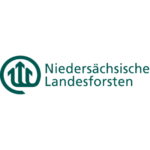
| Continent | Europe |
| Country | Germany |
| Costs per Tree | 425 € |
| GPS Data of planting site | 52.188487, 9.604949 |
| Planting Partner | Niedersächsische Landesforsten |
The extreme weather events, that is floods, of recent years have killed a large number of old oak trees that are part of the wildlife reserve ‘Hutewald’ and the bison enclosure ‘Wisentgehege Springe’ south of Hannover. To maintain the mountain forest character Niedersächsiche Landesforsten plant 50 new oak trees per hectare. The young trees (approx. 1.2-2.0 m tall) must be protected against the herbivores native to the area by means of individual shelters. The individual protection remains on the tree for about 30 years until the bark can no longer be damaged by animals. The special purpose of this project is to preserve and expand the approx. 300-year-old Hutewald, which provides acorns for the animals and houses the largest population of hermit beetles (Osmoderma eremita) in Lower Saxony.
Further information about the project and partner.
Planting Trees Cultivating Peace


| Continent | South America |
| Country | Colombia |
| Costs per Tree | 7.15 € |
| GPS Data of planting site | 2.9691, -73.9006 |
| Planting Partner | World Wide Fund For Nature Deutschland |
